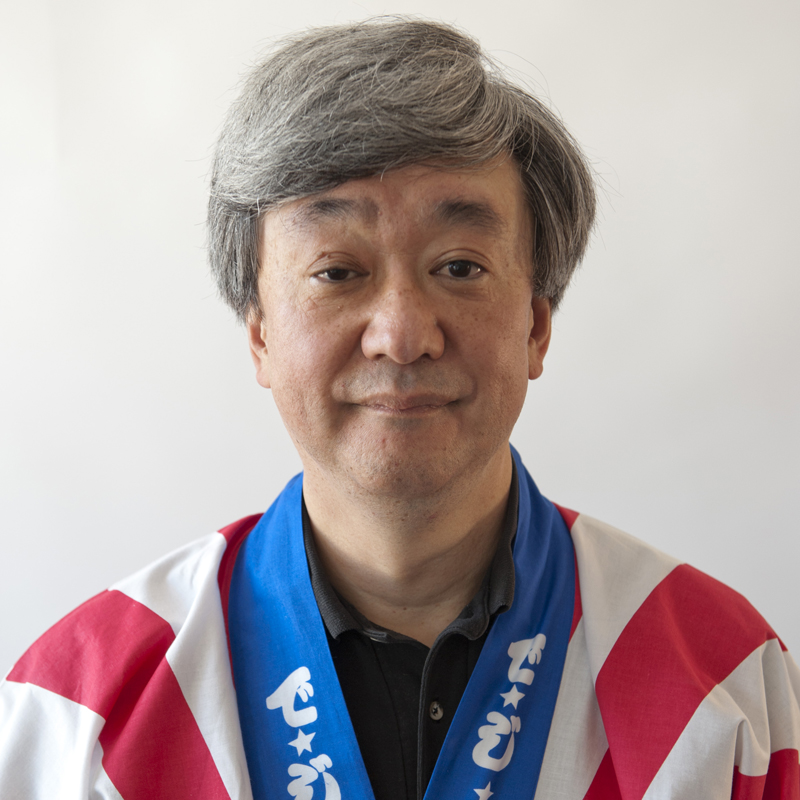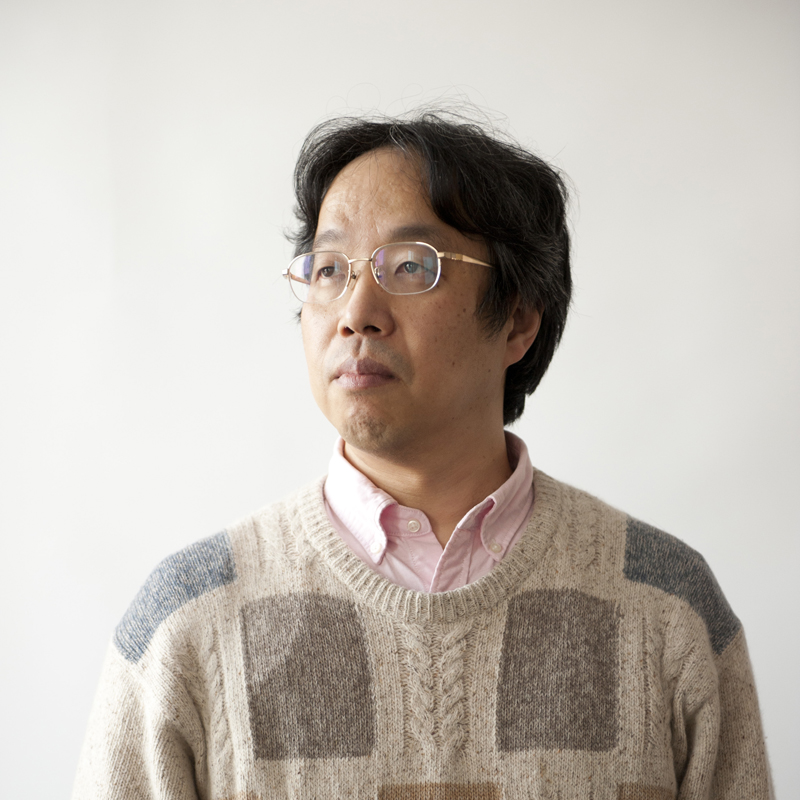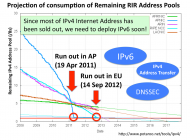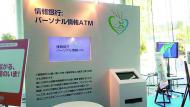Network Media
Connect Everything via the Internet
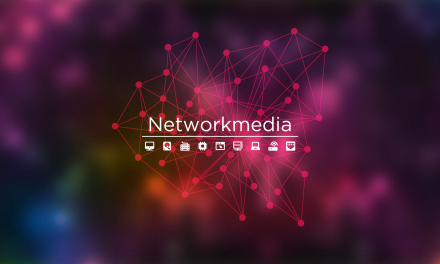

The Network Media Project investigates ways to connect everything to the Internet, often referred to as the Internet of Things (IoT), and to propose new ways to utilize big data from such information sources. The Project also conducts research on fortifying the Internet’s infrastructure to increase users’ security and privacy.
Unfortunately, due to the expected retirement of the faculty members in charge, the Network Media Project is no longer accepting new students.
